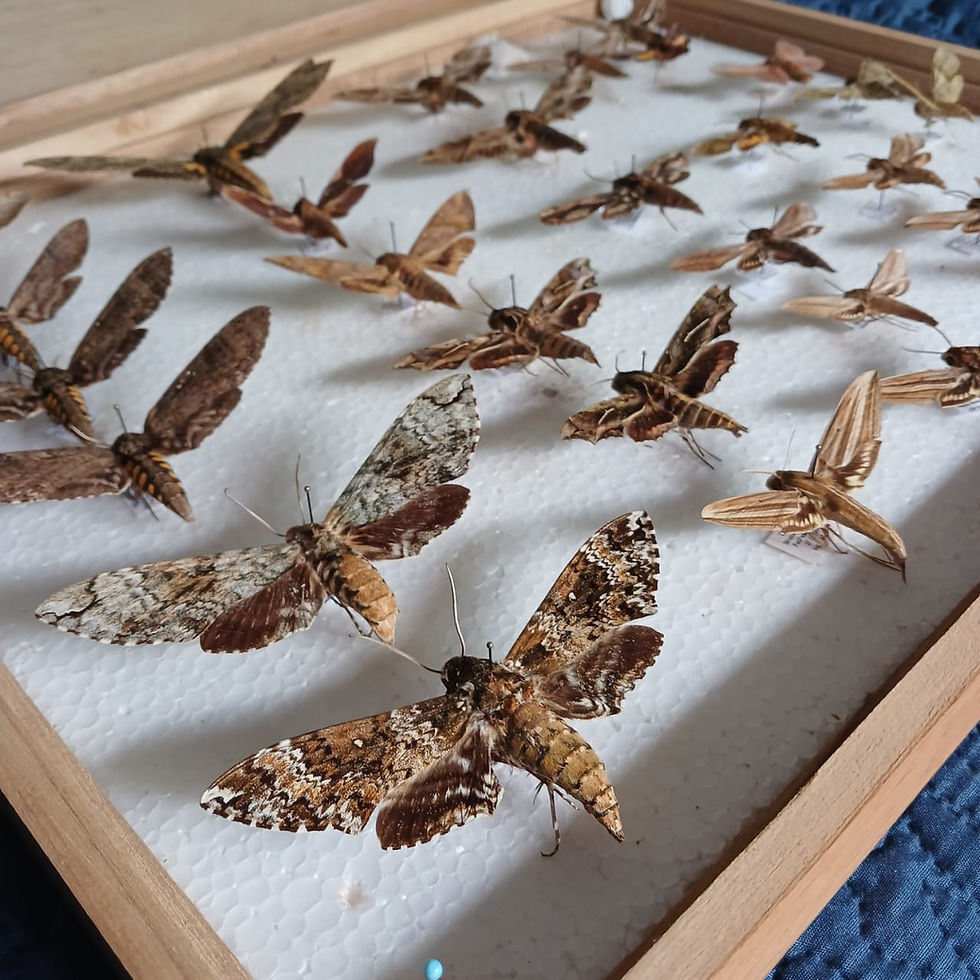Nature’s creativity or What I got? And How will I make it?
- Andersonn Prestes

- 9 de jun. de 2016
- 2 min de leitura
Atualizado: 19 de fev.

“The imagination of nature is far, far greater than the imagination of man”
Richard Feynman
I enjoy creativity and imagination. Thinking about the theories, the art, or our daily lives. Connecting dots trying to make sense of something. Nature has a strong imagination, and according to Feynman, far greater than man. There is no surprise here; that is how evolution works. The organisms will seek for survival through the many ways possible – and unimaginable - together with the many others around. Cooperating, competing, striving, in the beautiful unrolling of life.
Few weeks ago I read in the news a research on carnivorous plants. Plants are already very peculiar by themselves. They eat sun. If you think you are cool, perhaps you might think twice. But something extraordinary happened in the course of their history. A group of them became hunters.
But how?
Geneticists tracked the expression of genes of the carnivorous plants in action. They were trying to get a picture of what is activated while the plants are hunting. First, to identify the prey, they appear to use the same mechanism once used to avoid predators. It used to be an alarm system triggered by hairs on the surface. Now, it became a signal for fresh meal. Then, when the plant is digesting the prey, the same regions activated in the roots of ordinary plants turn on. The plant gets nutrients from its prey, not from the soil anymore. The roots turned to a different region, with a different meaning.
The molecular basis nicely shows that the new mechanisms were not written from scratch.
The different directions taken by a lineage always start with what it got. The evolution is constrained by the complex genotype/phenotype of the organism. This constraint may channel novelty in surprising ways. If the soil does not have enough nutrients, plants may try to explore different resources. Here is the selective pressure. But the organism has to respond to it. Pre-adaptations or exaptations are traits present in the lineage that favors it to flourish and change to the adaptive direction. The lineage uses the old to make the new. It turns the predator into prey, changing the roots upward, overcoming the poor soil, and creating a whole new behavior. The old molecular mechanisms were kept, as a signature of its ancestry, helping us to understand how it happened.
I always enjoy this kind of story. The new entailed in the old. The creation supported by the background. The nature surprising us.





Comentários